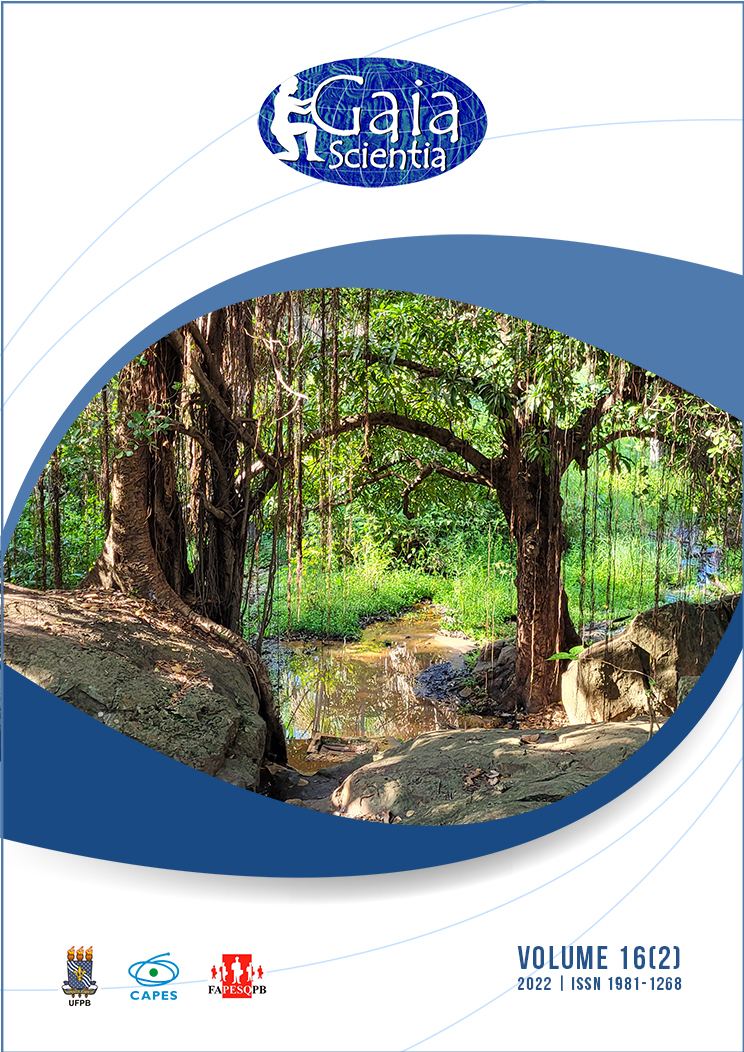Assessing the success of forest restoration based on landscape analysis
DOI:
https://doi.org/10.22478/ufpb.1981-1268.2022v16n2.61986Abstract
Recognition of landscape configuration is essential to define priority sites most likely to succeed in forest restoration. The research aimed to reduce uncertainties regarding the feasibility of ecological restoration processes by applying landscape metrics to support priority areas for restoration in three watersheds located in the northwest region of the state of Paraná, Brazil. A temporal analysis of the landscape was performed for the years 1985, 1996, 2007, and 2018. Seven land use and land coverage categories were proposed and seven landscape metrics were calculated to assess the configuration using the Fragstats® software, and an assessment of restoration success using GoFor® software. The studied area was divided into four priority levels: low, medium, high, and very high probability of restoration success. The landscape matrix was composed of pastures and agriculture, which corresponded to almost 90% of the area. There has been a considerable increase in forest coverage over the years due to commercial plantations and the recovery of Permanent Preservation Areas (APP). Approximately 12.6 percent of the landscape has the potential to be restored if restoration efforts are allocated to areas with the highest potential for restoration success.










